10 Obscure Board Games That Pre-Date Monopoly
Board games have been a source of entertainment for centuries, with many early games laying the foundation for the ones we enjoy today. Before Monopoly became a household name, several other obscure games provided both fun and lessons to players. These games ranged from ancient strategy challenges to race-style competitions and often carried cultural or moral significance. Some of them are still remembered today, while others have faded into history.
This post may contain affiliate links, which helps keep this content free. Please read our disclosure for more info.
The Mansion of Happiness
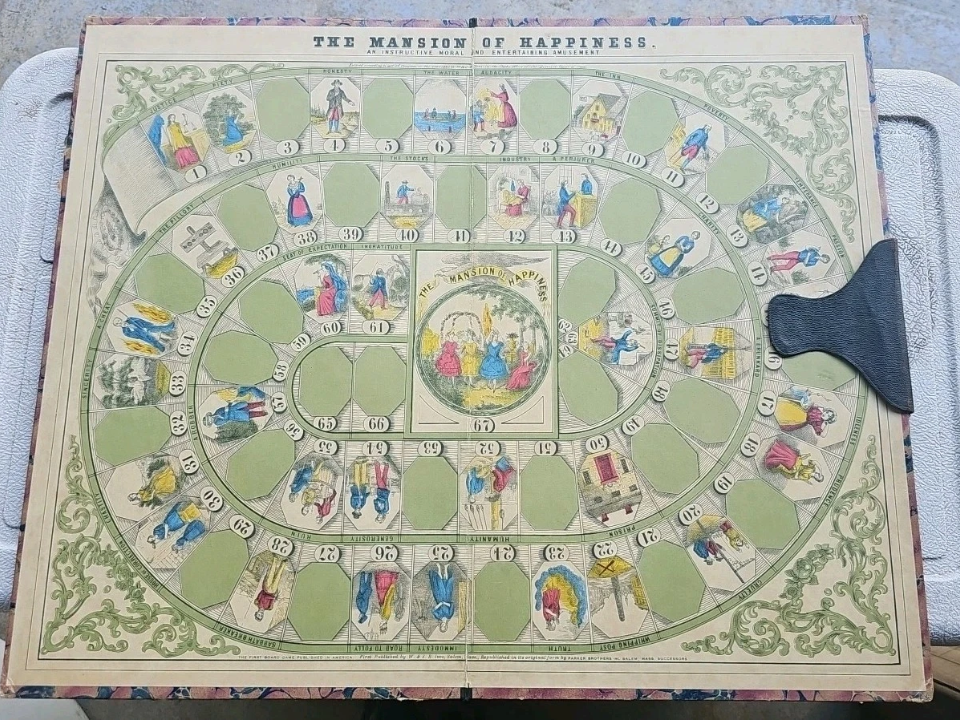
This early game, first published in 1843, is a race-style game where players move around a board filled with various virtues and vices. The goal is to reach the “Mansion of Happiness” before the other players, but the path is fraught with moral lessons, such as avoiding laziness and greed.
The game offers a fascinating glimpse into 19th-century moral instruction. Players could land on spaces that either moved them closer to the mansion or set them back with moral failings. It is considered one of the earliest examples of a board game with a didactic purpose. Estimated market value: $150
The Game of the Goose
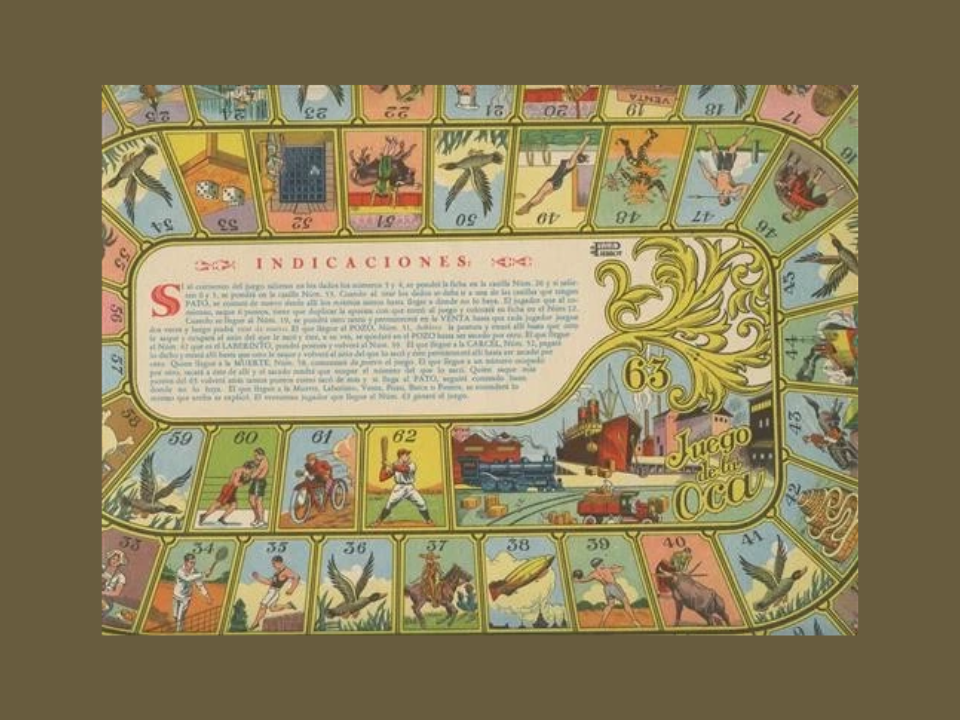
This Italian game, which originated in the 16th century, involves players navigating a spiral track, with spaces that could either help or hinder their progress. The game is a race to the center of the board, where players would reach the “goose” that symbolized the end goal.
The Game of the Goose was popular in Europe for centuries and is regarded as a precursor to many modern board games, including Chutes and Ladders. It is often cited as one of the earliest examples of a game based on a path and luck. Estimated market value: $200
The Royal Game of Ur
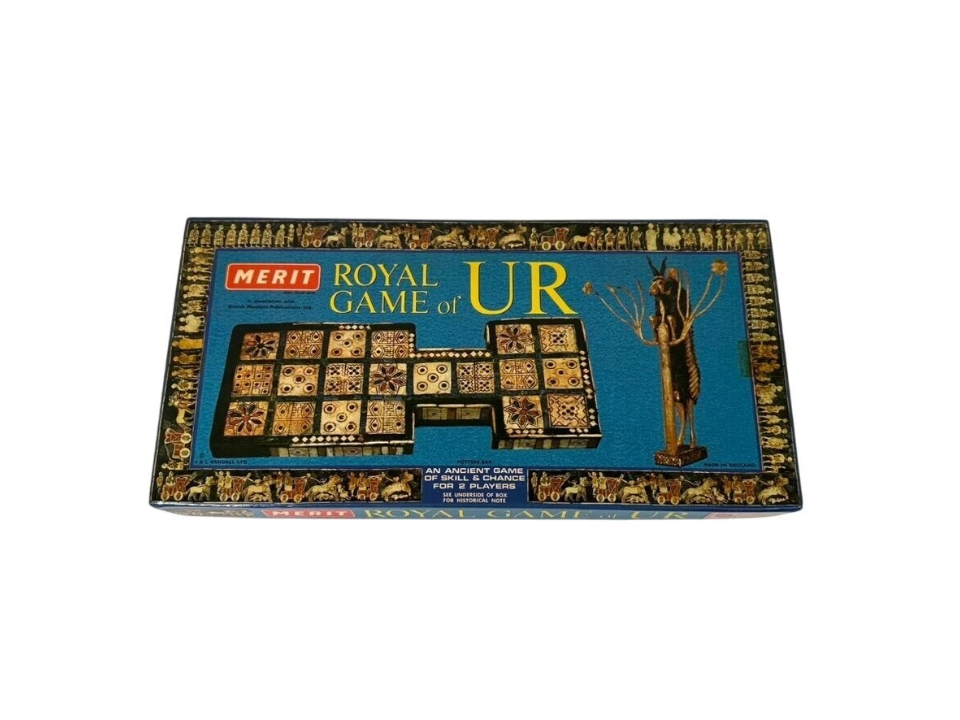
Dating back to around 2600 BCE, this ancient Mesopotamian game is one of the oldest known board games. The Royal Game of Ur uses a distinctive board and dice and was played by two players racing to move their pieces based on the roll of the dice.
Rediscovered in the 1920s, the game provides valuable insight into the entertainment and social activities of the ancient world. It is considered a precursor to the modern race-style game, with a heavy reliance on chance. Estimated market value: $300
Senet
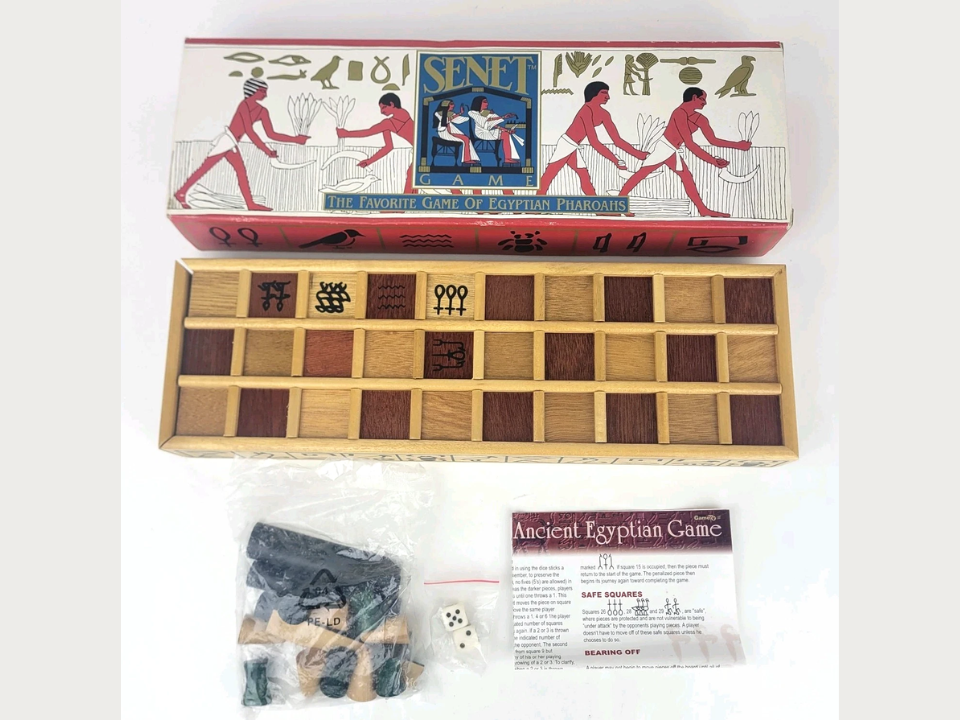
Senet, believed to have been played in ancient Egypt as early as 3100 BCE, is another early example of a race game. Players move their pieces across a 30-space grid based on dice rolls, aiming to be the first to remove all their pieces from the board.
The game has a strong cultural significance and was often associated with the afterlife, with symbolism that suggested a spiritual journey. Archaeological findings have revealed its importance in Egyptian society, and various replicas have been created for collectors. Estimated market value: $250
Backgammon
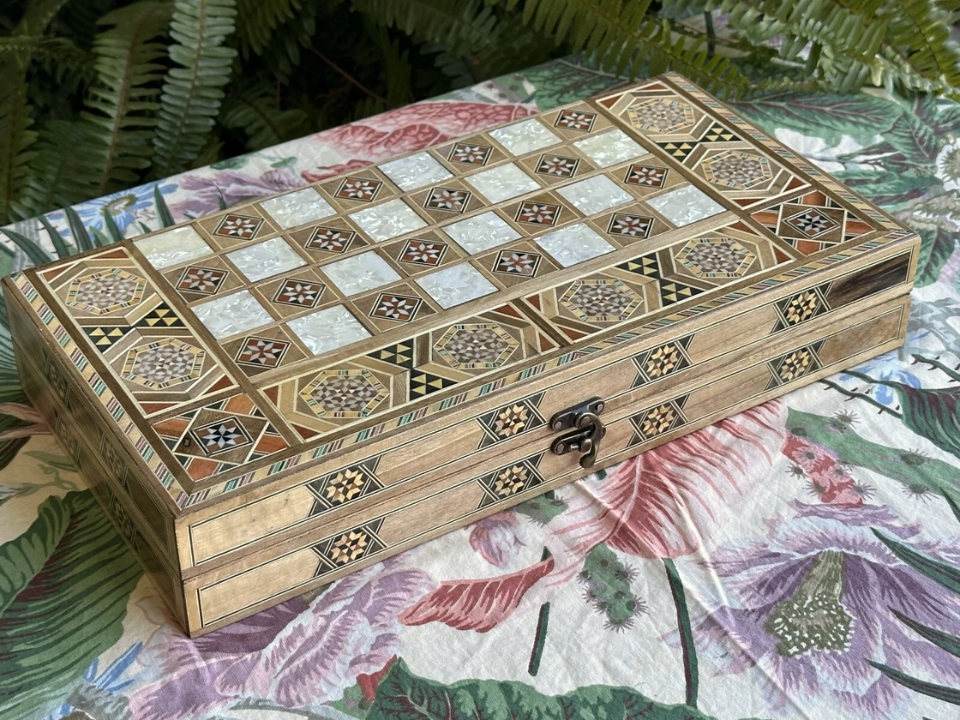
While Backgammon is still popular today, its origins go back to ancient Mesopotamia, possibly around 3000 BCE. It is a two-player game where players move pieces based on dice rolls, attempting to remove all their pieces from the board before their opponent.
The game has undergone many variations over thousands of years, but its basic rules have remained largely unchanged. The strategic elements of positioning and blocking opponent pieces make this one of the earliest examples of a competitive, skill-based board game. Estimated market value: $100
Tafl
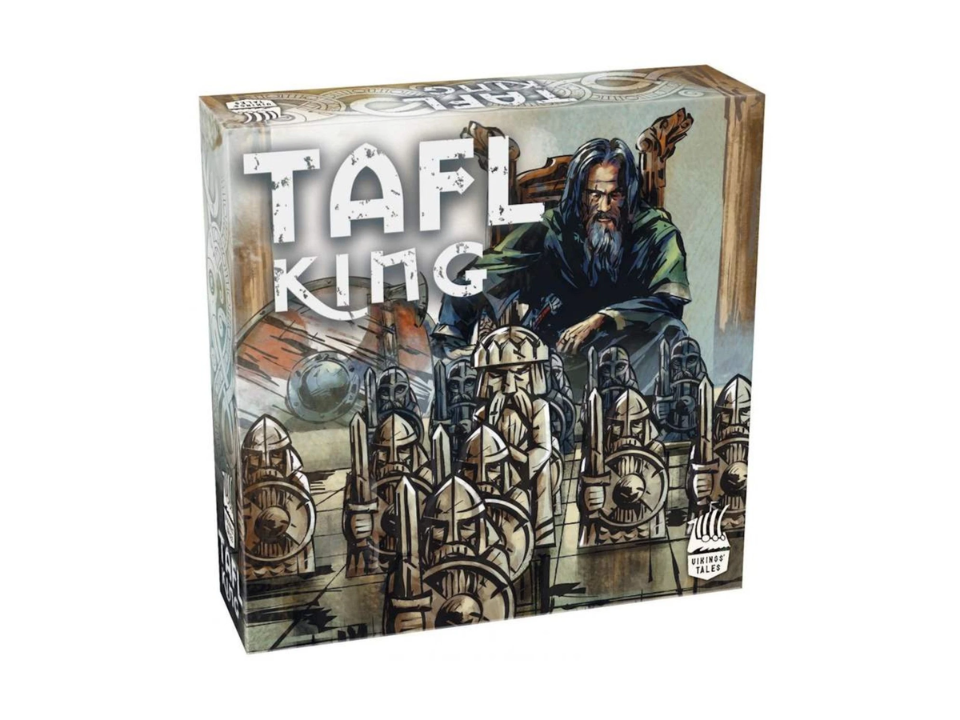
Tafl, a game from ancient Scandinavia, is often considered the precursor to chess. Played on a grid board, the game pits a king and his defenders against an opposing army, with the goal of the king escaping to the edge of the board.
The game’s simplicity makes it accessible, yet the tactical possibilities are vast. Tafl games had different regional variations, but they all relied on similar principles of strategy and movement. Estimated market value: $150
Go
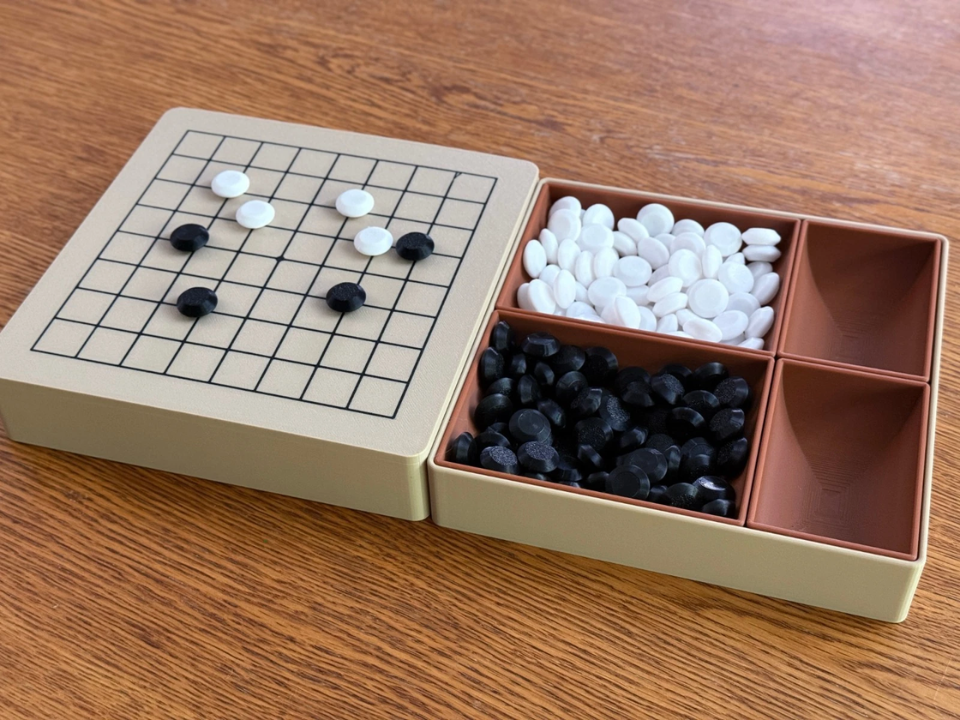
Originating in ancient China over 2,500 years ago, Go is a complex strategy game that involves capturing territory by placing black and white stones on a 19×19 grid. The objective is to control more territory than your opponent by surrounding their pieces.
Still widely played today, Go is a game that combines simplicity with deep complexity. It has been an integral part of East Asian culture and has influenced many other strategy games worldwide. Estimated market value: $500
Chaturanga
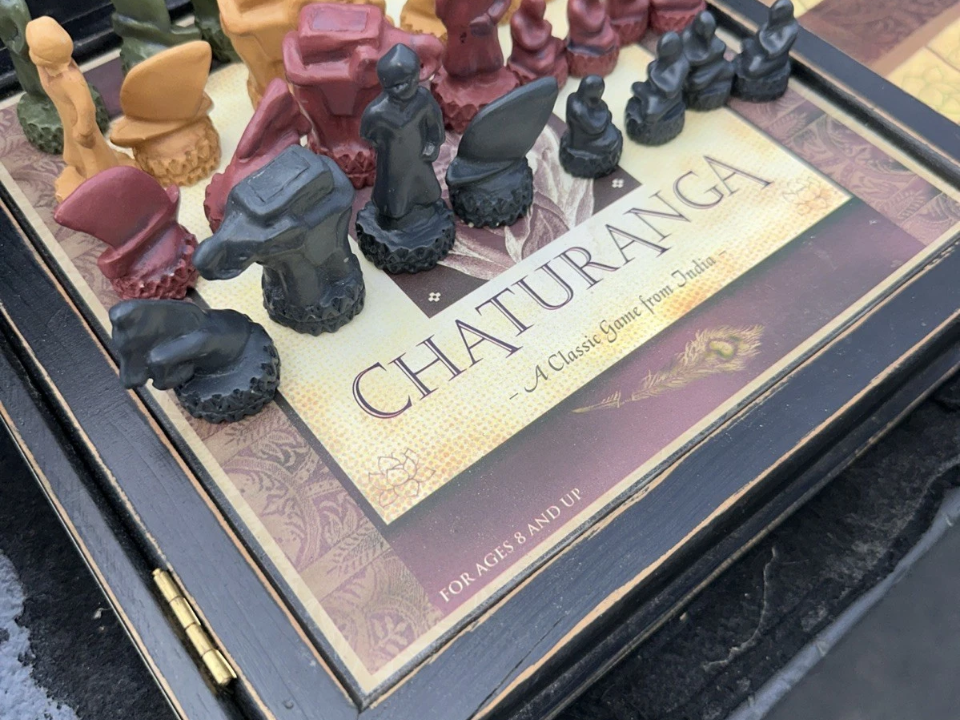
Chaturanga, an ancient Indian strategy game, is considered the precursor to modern chess. Played on an 8×8 grid, it involved pieces with varying abilities, including the king, chariot, elephant, and horse, which would later evolve into the familiar chess pieces.
Chaturanga was a deeply strategic game that was often played by royalty and nobility. It has influenced many other games, including chess, which shares much of its mechanics. Estimated market value: $350
Hnefatafl
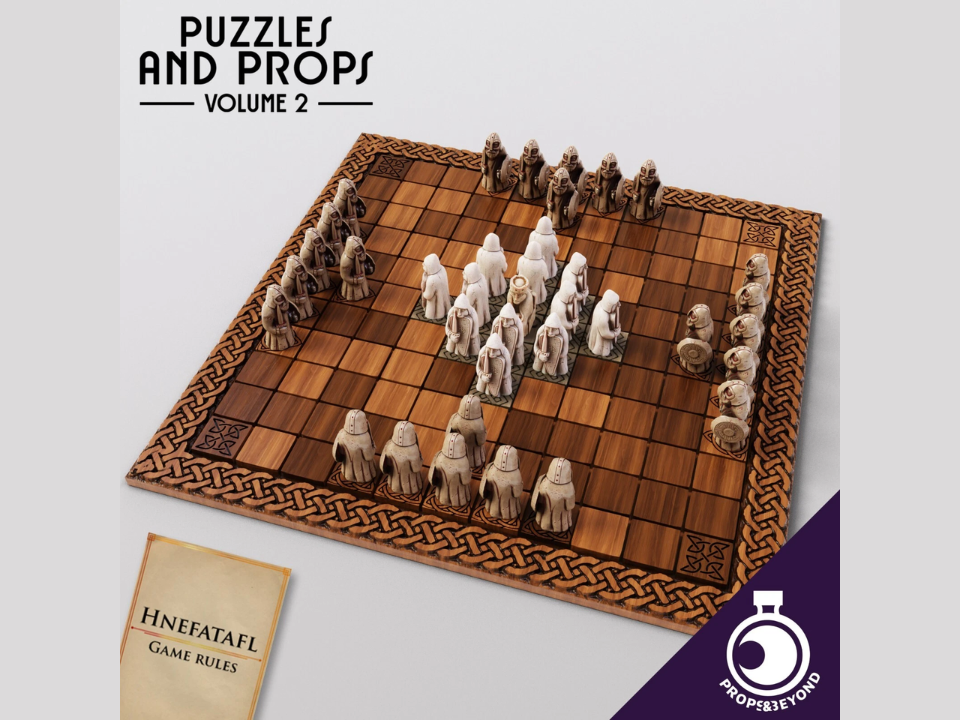
Hnefatafl, a Viking-era game from Scandinavia, is similar to chess in that it involves pieces with different movement rules. However, it focuses on one player’s attempt to escape the “king” from the board while the other player’s pieces try to block or capture the king.
The game was immensely popular during the Viking Age and has seen a resurgence in recent years, especially among board game collectors. Its strategic depth makes it an interesting part of early Western gaming history. Estimated market value: $300
Petteia
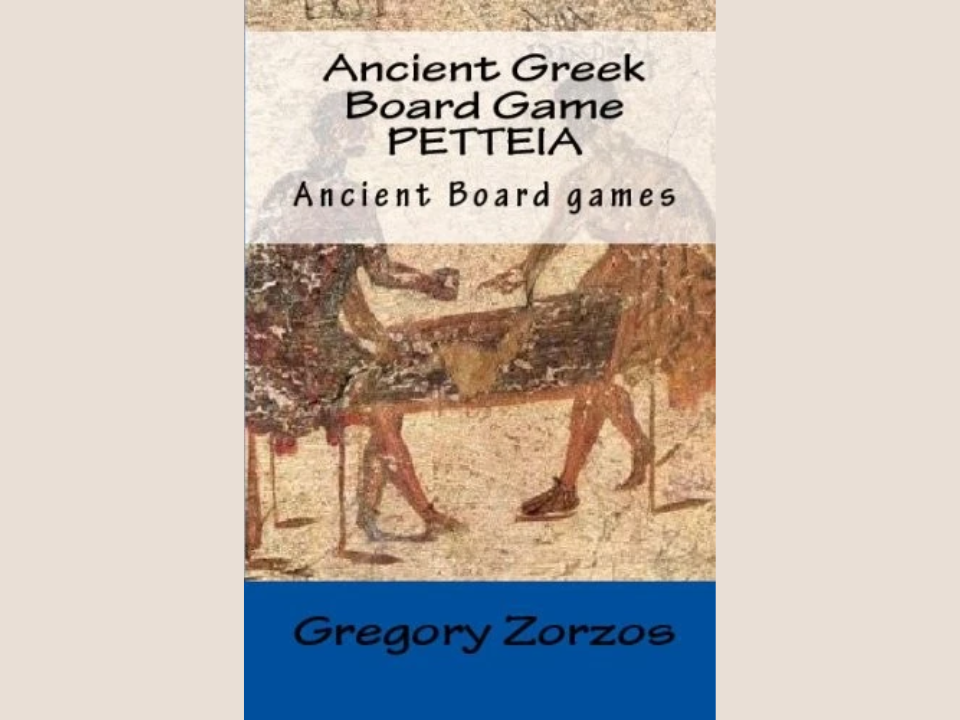
Petteia, known in ancient Greece, was a strategic board game played on a grid where players moved pieces to capture their opponent’s pieces. Often described as a precursor to modern checkers, it had an early focus on tactical positioning and capturing.
Though not much is known about its full rules, Petteia influenced the development of later strategy games. It was played in both private and public settings, making it an important cultural pastime. Estimated market value: $200
This article originally appeared on Avocadu.
